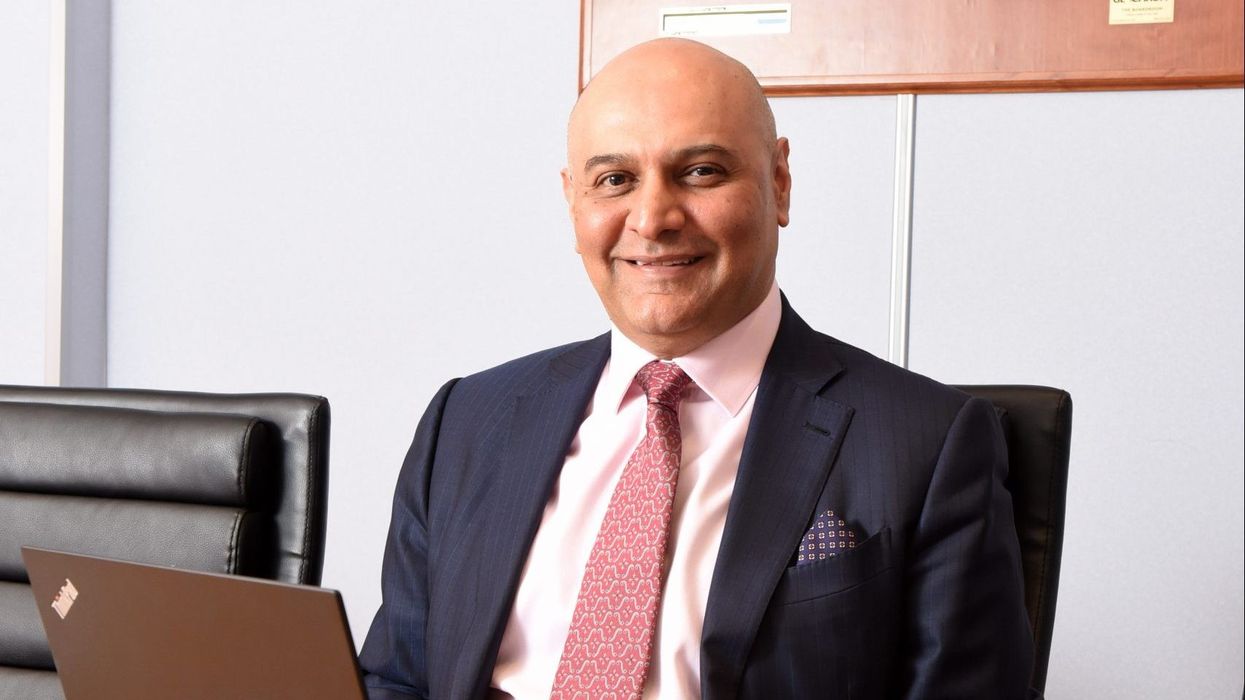By Gareth Thomas
Labour MP for Harrow WestPUNCHED in the face by a shoplifter, threatened with a needle by a drug user, spat at, verbally abused more times than they can remember- this is the real-life experience of working in a British high street store for one shopworker.
This and many other similar experiences for shop staff have been described by leading criminologist Dr Emmeline Taylor as part of rising problem of violent and verbal abuse targeted at public facing retail workers; which has grown to epidemic proportions in recent years.
Home Office statistics show that assaults and threats against those working in the wholesale and retail sector has increased almost three-fold from 524 incidents per 1,000 premises in 2016 to 1,433 in 2017. This is just the tip of the iceberg as many incidents aren’t reported by staff for fear of reprisals, a lack of confidence in the system or because they simply haven’t got the time given the sheer number of incidents.
Shopworkers are most vulnerable when they are enforcing age restrictions to keep our young people safe, challenging shop thieves or refusing to serve customers whoare intoxicated.
In her ground-breaking report Violent and verbal abuse towards shopworkers last year, Dr Taylor described how cuts to the police, the criminal justice system and to local government funding are playing their part in creating an often-toxic environment where shop staff are facing ever growing levels of abuse and violence. And a decade of rising poverty and inequality, coupled with far too many disastrous benefit changes, has only increased the numbers of those in desperate straits.
With 21,000 fewer police than in 2010, the thin blue line is already struggling to contain rising violent crime, so the days of police routinely responding to reports of shop theft are long gone. The reality is that the police – because they are so stretched – are not able to respond fast enough or often enough to actual or threatened violence in our shops.
To make matters worse, the report also highlights a disastrous legal change introduced by David Cameron’s government that saw thefts of under £200 treated less seriously. This created a belief among too many that shoplifters could steal with impunity as long as they took less than £200.
One shoplifter was quoted admitting, “I knew at one point I could do whatever I want as the police weren’t coming”.
Major retailers, led by the Co-op Group and Tesco, together with the British Retail Consortium, the Association of Conveniences Stores and, crucially, the major trade union Usdaw [Union of Shop, Distributive and Allied Workers] have been leading the campaign to highlight violence in shops.
Dr Taylor’s landmark report made a series of important recommendations to government on how to bring down violence in shops. They included a publicity campaign promoting zero tolerance of violence towards shop workers, better reporting of unacceptable behaviour in stores, encouraging wider use of drug testing when someone is arrested for shop theft and or violence, reviewing the £200 theft threshold before offenders are prosecuted and crucially, legislation so certain offences carry a higher sentence if perpetrated against retail workers doing their jobs.
Similarly, Usdaw has called for a new standalone offence of assaulting a public-facing worker to help deliver a stronger, clearer route to getting those who attack shop staff brought to justice. It would help to make it easier for the police and prosecutors to crack down on this growing area of criminality. Many other steps are needed too, such as more support to get people onto drug and alcohol treatment orders. More investment is needed in youth services to help create alternatives to anti-social behaviour which can lead all too easily into criminal activity. And, above all, we need experienced police officers able to respond quickly when the alarm is sounded.
The victims of rising crime in our shops, in the worst cases, have been seriously injured while others have suffered mental illness, including posttraumatic stress syndrome too. But rising retail crime affects those of us who depend on shops too. The big stores are having to spend more and more on actions to prevent crime; part of their responsibility certainly but inevitably impacting on prices.
Ministers have offered plenty of warm words but no decisive, concrete action to bring down the rising tide of violence on the high street and in our shops. No one should be frightened to go to work, fearing that they might be the victim of a violent attack. It’s time there was serious action. We need to be tough on crime and tough on its causes.













Talking Shop: Violence against staff must stop